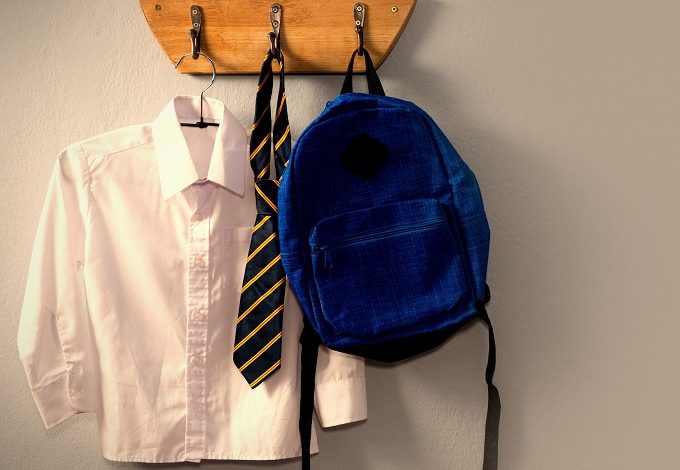Sending children to school is as safe as it’s ever been
Closing schools during the Level 4 lockdown for CoVID-19 sent a strong message about how we can beat this virus.

This is a serious infection, and together we need to significantly reduce our close contacts with others to stop it spreading and eliminate it. When the pandemic began we needed the whole country to sit up and listen, and that message has come through loud and clear.
A question many parents are asking themselves now is how safe is it to send children to school? We think that right now sending your children to school is as safe as it’s ever been.
With little or no real community spread of CoVID-19 currently we can take time to reflect on what our next step should be. Many of the public health interventions have been very successful, but there may be others we no longer need. When making these decisions we need to look at the experiences from around the world and specifically those relating to CoVID-19.
The evolving consensus is that while children can be infected with CoVID-19 they seldom become sick enough to need to go to hospital and they are not the main spreaders of infection in communities. This is not surprising when you look at other coronaviruses that have caused outbreaks across the globe – neither SARS nor MERS seemed to cause severe disease in children.
This is very different from infections like influenza where the opposite is true. Children are the main spreaders of influenza in communities and the most likely of anyone, other than the elderly, to be sick enough to be hospitalised.
Information from CoVID-19 hotspots around the world provide evidence of the low risk of infection in children. The USA has had more than 150,000 laboratory confirmed cases but only 0.7% of these occurred in children, mostly in those >10 years of age. In Iceland where they tested 6% of the population for CoVID-19 (>9000 people) no child under the age of 10 years had a positive result and only 0.8% of older children were positive.
In Italy where the adult population has been severely affected by CoVID-19, there has at the same time been a 73-88% reduction in Paediatric Emergency Department visits. We have experienced a similar thing in NZ hospitals with children’s wards surprisingly quiet for this time of year.
Children are just not getting sick. In fact, public health measures against COVID-19 have led to a decrease in all respiratory infections caused by a variety of viruses and bacteria. An Italian Paediatrician recently wrote to the Lancet saying they are starting to worry that children who are sick for other reasons are not presenting for medical assessment because of the fear of Covid-19. This includes children with illnesses other than infections and these delayed presentations mean the children are sicker than perhaps they normally would be.
Other countries have successfully controlled the spread of CoVID-19 while still allowing children to attend schools. In Singapore schools remained open at the start of the pandemic and there have not been any outbreaks occurring in children. A cross -sectional survey of 700 participants in Stockholm, Sweden found only 2.5% of children were positive for CoVID-19. It just doesn’t make sense that this virus spreads widely in schools but there are very few children affected in these countries.
A recent report from New South Wales outlines a detailed public health investigation testing school contacts of teachers and children who tested positive for CoVID-19. Only 2 secondary cases occurred among 863 close contacts in schools where the 18 cases occurred. No child-to-child transmissions occurred in primary schools. The only child infected at primary school got it from their teacher. When children do get CoVID-19 it is usually acquired from an infected adult and not from other children.
Pandemic planning in NZ has focused mainly on the potential for newly evolved influenza strains to spread through our communities. As such closing schools is an important strategy for containing the virus. We now know that the way CoVID-19 spreads in populations is very different from influenza. Children are not the main vectors of transmission and it doesn’t seem likely they spread it to each other in schools.
Nobody can say your child is not going to get an infection if you send them to school. Families around the country deal with this every winter with influenza and many other viral infections. The best protection for everyone in a school is to keep children and adults away from school if they are unwell, and to encourage eveyone to wash their hands regularly during the day. Vaccinating your child against influenza every year is a good idea.
With a lack of circulating CoVID-19 in our community, fewer other viruses and bacteria circulating than usual, and good systems for detection and contact tracing in place, it is as safe as it ever has been to send your child back to school.









